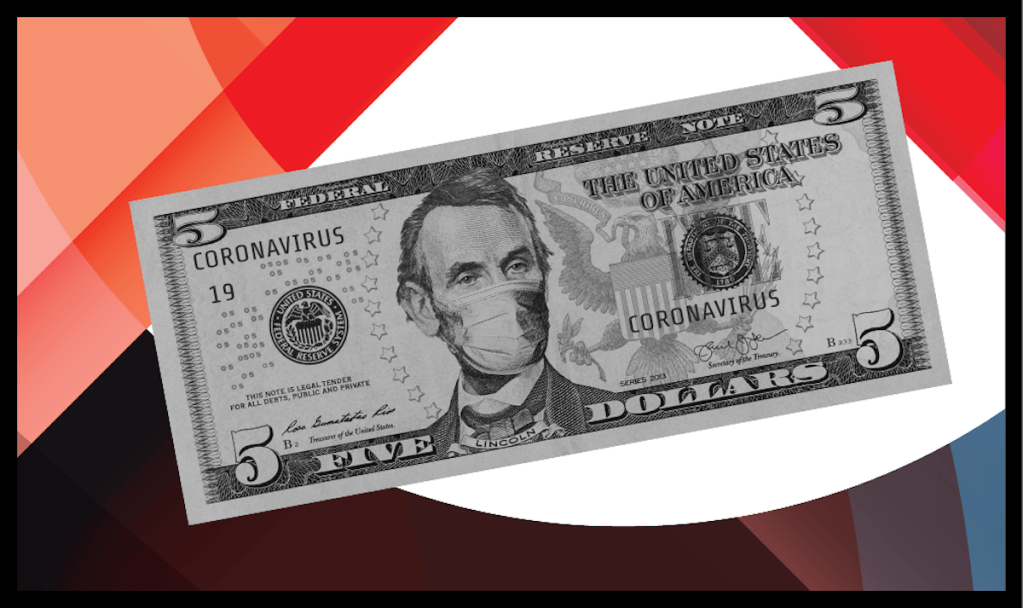
Due to COVID-19 and the nationwide shutdown, our economic charts have shown waterfall downturns, V-shaped recoveries and everything in between. It has been a rollercoaster ride with all the scare and none of the fun.
Now that we have been whiplashed with negative and positive economic data, I thought it might be time to take a pause to consider the good, the bad and the ugly of where we stand in terms of U.S. economic health in this fifth month of the pandemic.
The Good:
I have long held the position that the nation’s demographics for homeownership would greatly improve in the years 2020-2024.

Columnist
Added to the positive demographics of housing, the low levels of growth assures us that we will have low mortgage rates for the foreseeable future. This one-two punch meant that housing started off the year as the hottest sector of the U.S. economy with clear breakouts in demand for existing home sales and new home sales.
Housing starts showed near 40% year-over-year growth in February. Stay-at-home orders threw a wrench into the works causing about a 35% decrease in purchase applications compared to the same time last year. However, purchase application data was one of the first housing metrics to rally. Purchase applications are up 21% year-over-year this week and at an 11-year high.
The market meltdown that occurred in early March led to a sharp decrease in mortgage rates that stressed servicers with a glut of refinancing demands.
Mortgage rates fluctuations led to margin call risks for investors which added to the chaos of the moving rates. Some loans got canceled and some non-qualified mortgage lenders went either temporarily or permanently out of business.
Because Freddie Mac and Fannie Mae were and are still under government conservatorship, credit tightened but did not freeze. The government forbearance programs helped many American families keep their homes, which is something that probably would not have happened if the GSE’s were not in conservatorship.
The Bad:
Home prices are a bit hotter than I like, even with the COVID-19 crisis.
We started 2019 with negative year-over-year demand and rising inventory, which was positive for cooling home prices. I was happy to see this as affordability was becoming an issue in many hot markets.
However, with lower rates in 2019/2020 and the dislocation of inventory due to the shutdowns, home prices have become too hot again, based on the the National Association of Realtors’ median sales price. This has been a concern of mine for the years 2020-2024 because, as I stated earlier, this period has great demographics for home buying with the lowest mortgage rates ever.
If mortgage rates stay below 4% and housing tenure grows from 10 years to longer, which will reduce inventory, this could really heat up the market. Let’s root for a cooling off of the home price data for the rest of the year.
The Ugly:
In early 2020, when we were still in the throes of the longest job expansion ever, I wrote that a fully employed populace was exactly what housing needed.
The strong economy and hot job market were the perfect landscape for a solid 2020 housing market. So it isn’t surprising to see housing rebound so quickly from the downturn due to the shutdowns, the greatest short-term economic shock we have experienced in modern-day history.
But we are still far away from seeing economic data as we had before the crisis, and we can’t assume that we aren’t going to take another hit if the infection rate rebounds. It is likely that the COVID-19 crisis has delayed home buying for many Americans for two to three years or more.
Homeownership is a process that often starts with secure employment, renting, partnership formation, asset accumulation, family formation, then purchasing. If one or more aspects of the process are delayed due to financial stress or insecurity then the culmination of the process is also delayed.
It will be interesting to see how birth rates and household formation looks two years from now. From that, we can gauge how much time would-be homeowners have lost in their matriculation to home buying. My advice is to pay attention to the weekly year-over-year purchase application data, keeping in mind the seasonality.
Let’s root for lower price growth in 2020 because the year started off too hot. And remember, if mortgage rates get to 4.5% and higher, demand will slow considerably.
Perhaps the most significant negative effect of the COVID-19 pandemic is the widening gap between the haves and the have nots in America.
Those with more expendable income have enjoyed low interest rates, a rebounding housing market and a stock market that has hit all-time highs. COVID-19 life for them may have its inconveniences, but these are nothing compared to the misery of unemployment, bleak prospects of getting rehired, disruptions in schooling and training and healthcare inequities that plague those of us who are not among the haves in America.
Now, more than ever, we need the haves to step up to help our neighbors. Stay safe, my friends.





